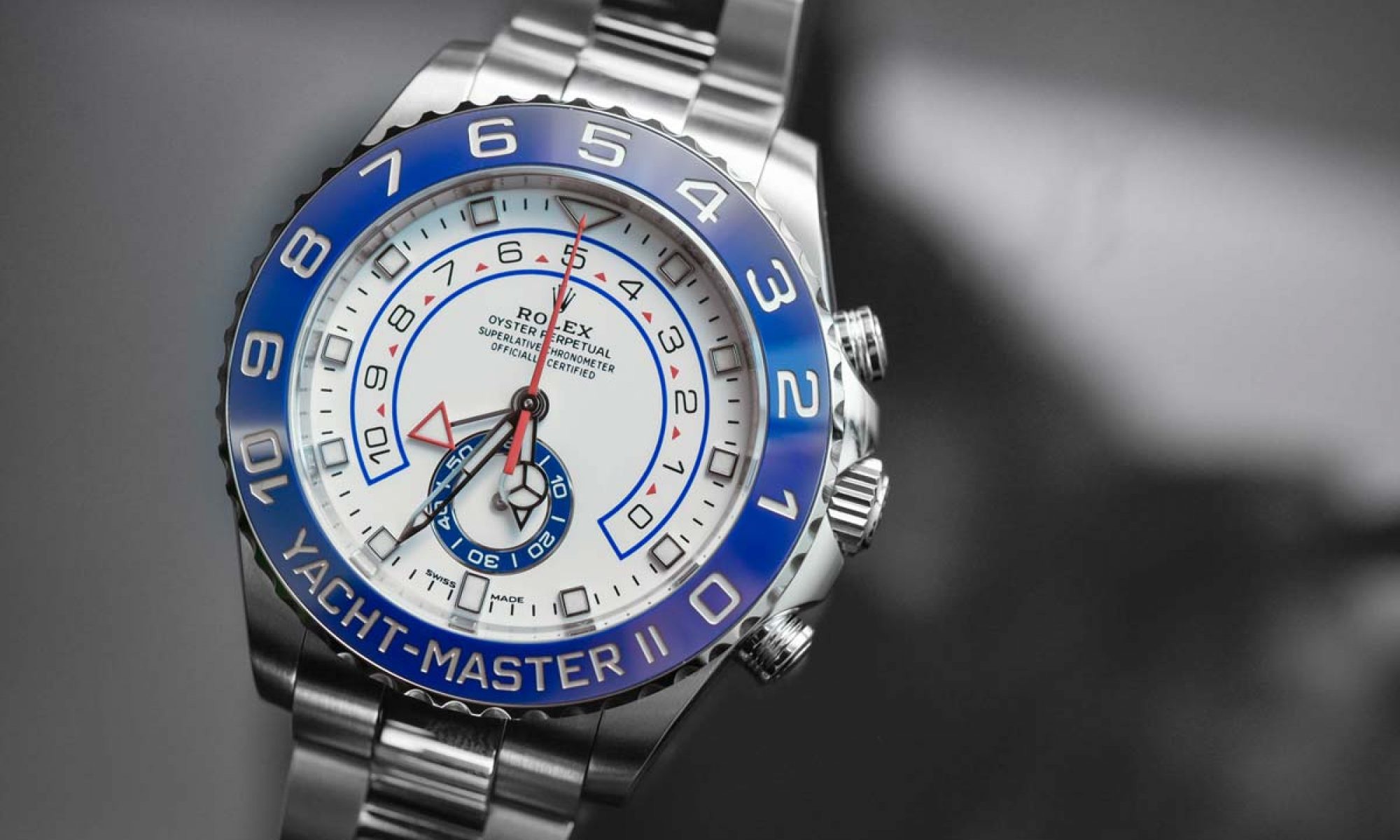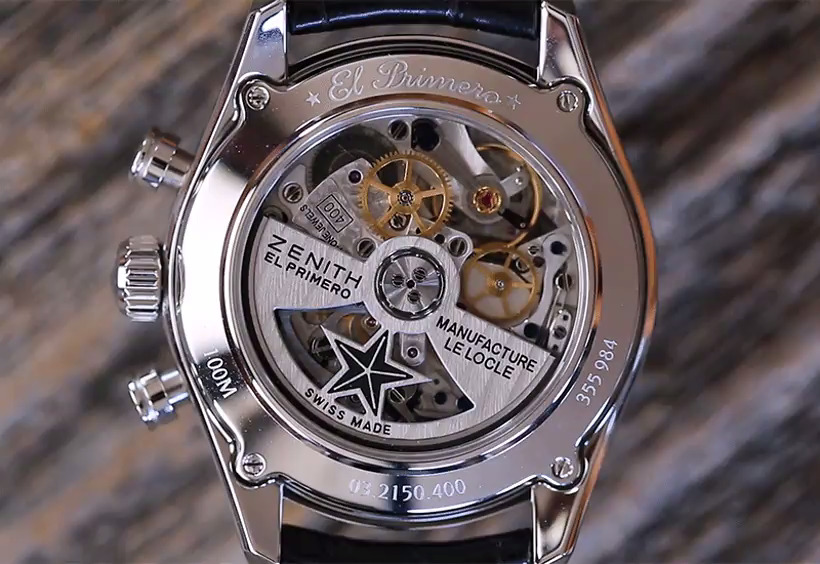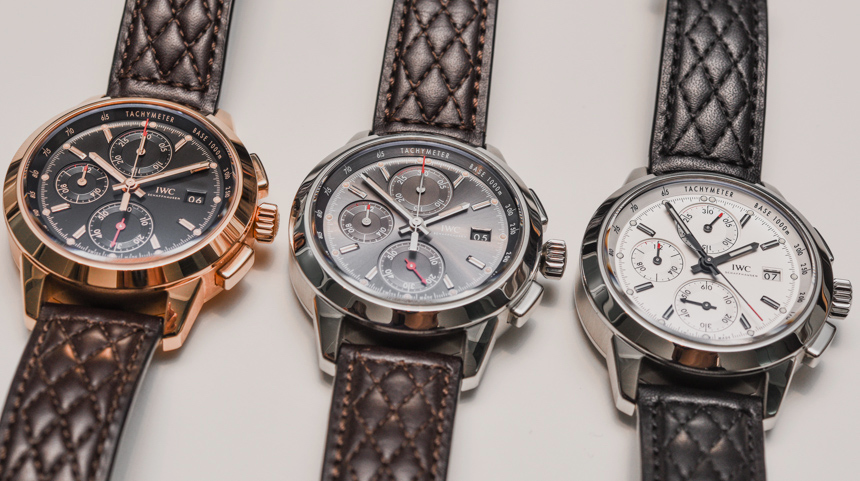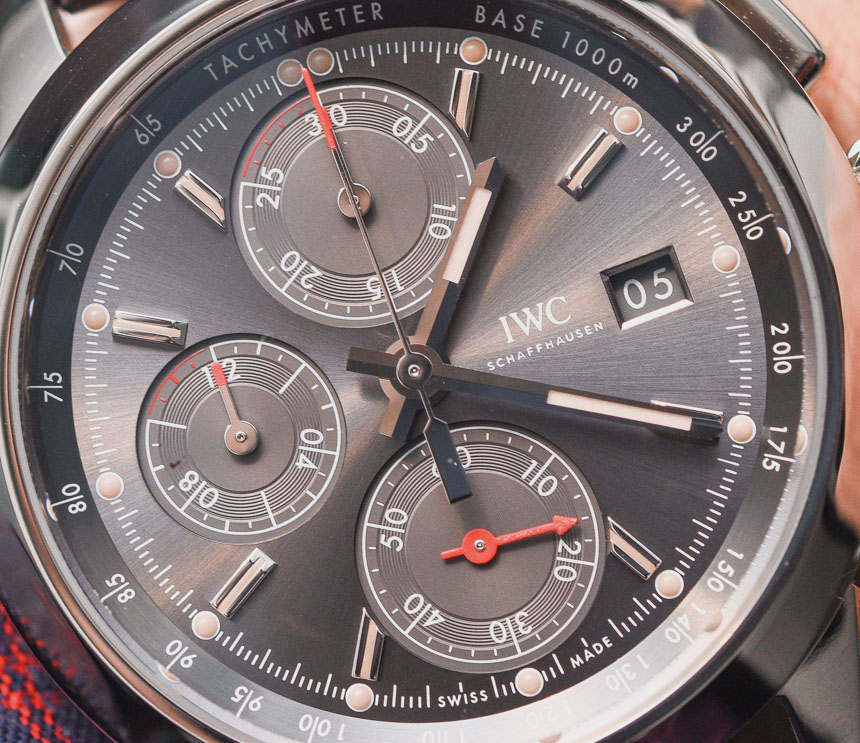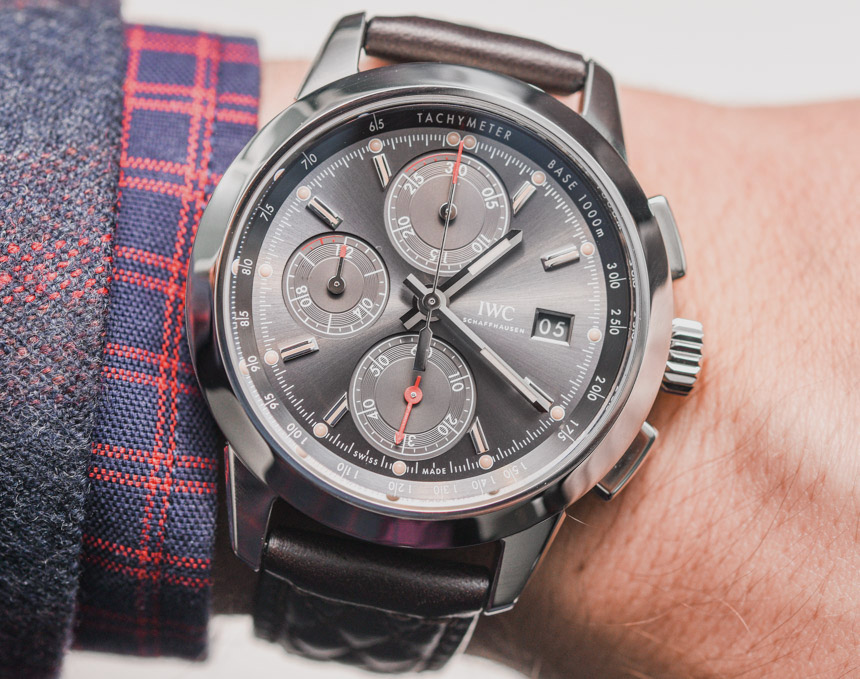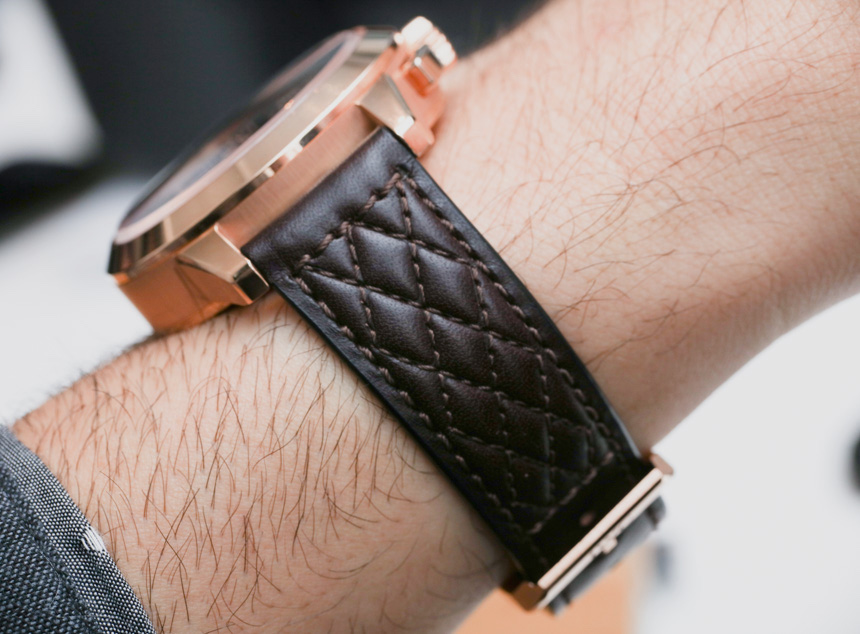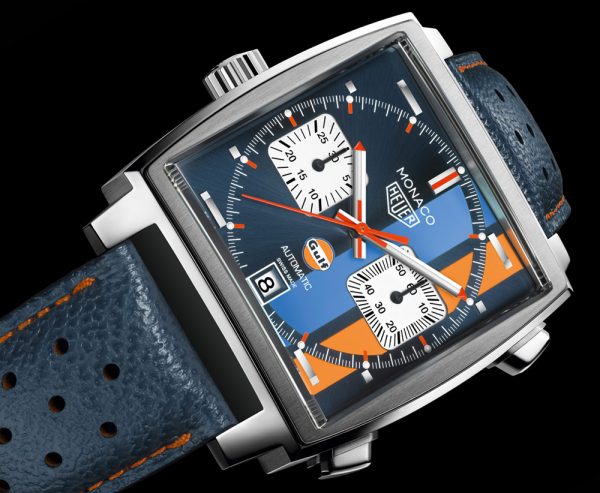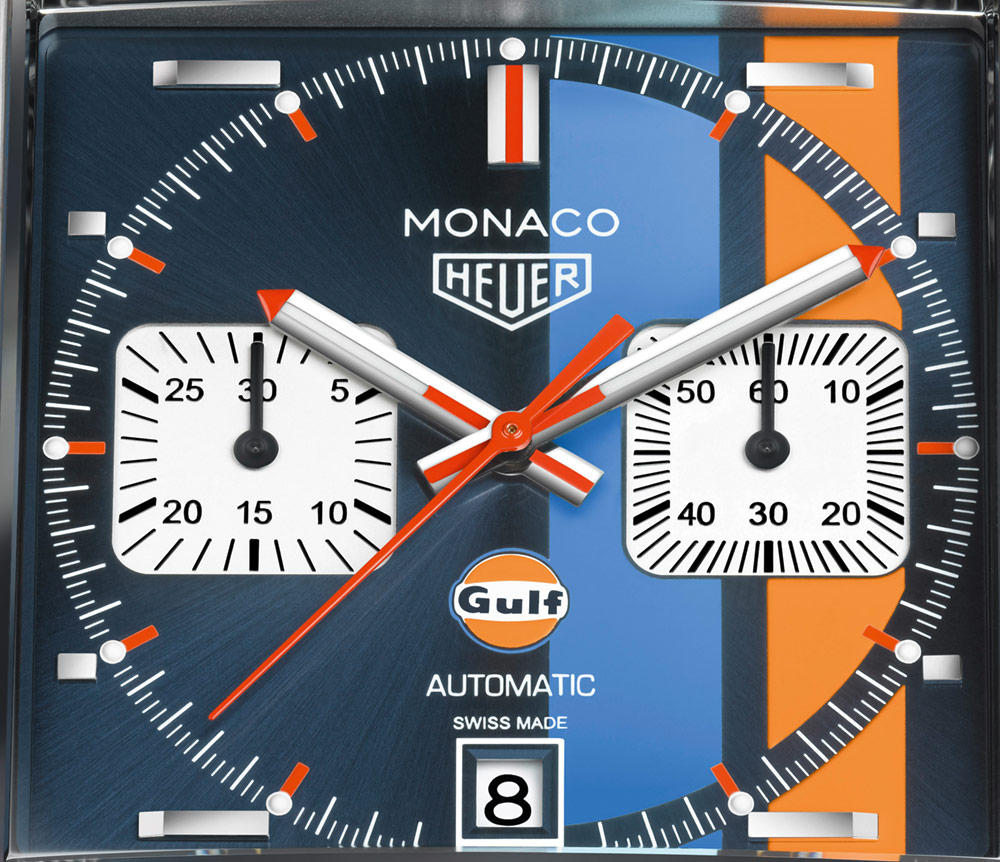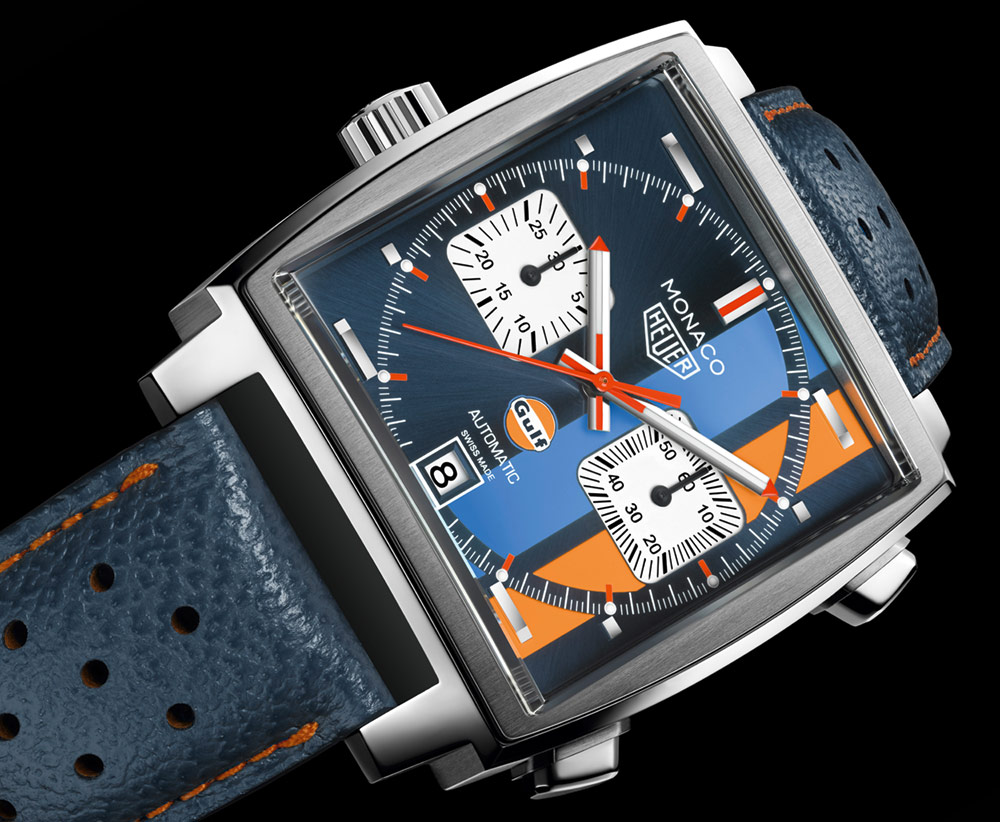There are only two kinds of timekeepers, fundamentally. One relies on continuous processes that proceed at a fixed rate, such as water clocks and hourglasses (the rotation of the Earth on its axis is another example). The second relies on harmonic oscillators —– among these are pendulums, balances with balance springs, tuning fork timekeepers like the Accutron, and quartz crystals.
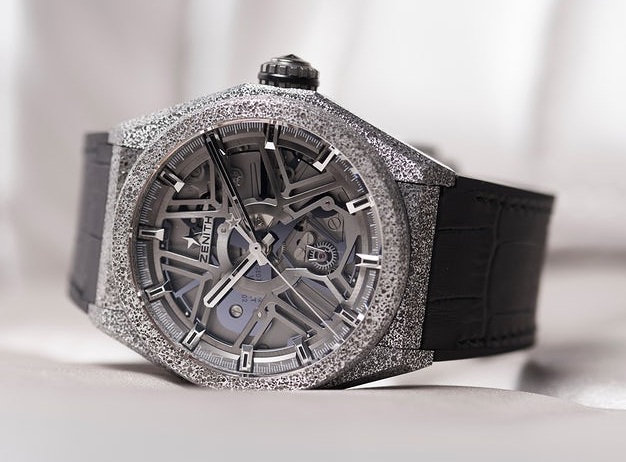
In the latter instance, an oscillator is kept in motion by a driving force, which is balanced by a restoring force to produce a natural frequency. You’ve probably heard bits and pieces about the new oscillator for the reliable Zenith replica watches over the last few months, and it’s a fascinating development. It’s something very new, and, at the same time, it’s based on the same immutable physical laws as any other harmonic oscillator.
The excellent Zenith fake watches into which this new technology has been placed is called the Zenith Defy Lab and Zenith describes it with pardonable hyperbole —– “the only mechanical watch embodying both an evolution and an improvement of the sprung balance principle presented in January 1675.”
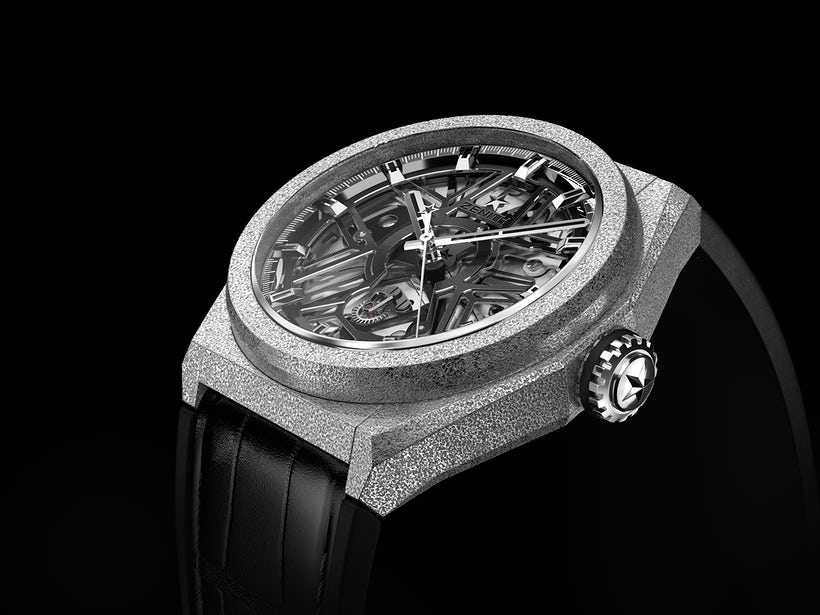
That’s the approximate date on which the Dutch mathematician, physicist, and horologist Christiaan Huygens published his findings on the use of a spiral spring and balance wheel combination, in the Journal des Sçavans (the earliest known academic journal in Europe, which began publication in 1665).
The invention of the balance spring was not Huygens’s alone —– the Englishman Robert Hooke came up with the idea at about the same time —– but Huygens today is generally credited with having been the first to create a working mechanism.
The watch with balance spring wasn’t the first precision mechanical timepiece; that honor goes to the pendulum clock, which Huygens also is credited with inventing (the first pendulum clock to his design was completed in 1657). However, it was the balance and spring combination that made Zenith copy watches with mechanical movements more precise.
A harmonic oscillator is one in which, when the oscillator is pushed from its neutral position (hanging straight down, in the case of a pendulum) it’s returned to its neutral position by some restoring force which —– and this is the critical part —– is always proportional to the disturbing force. Put simply, the harder you push a harmonic oscillator the harder it swings back; anyone who’s ever pushed someone on a swing knows the feeling. It’s the proportionality of the restoring force to the perturbing force that gives a harmonic oscillator its “natural frequency.”
